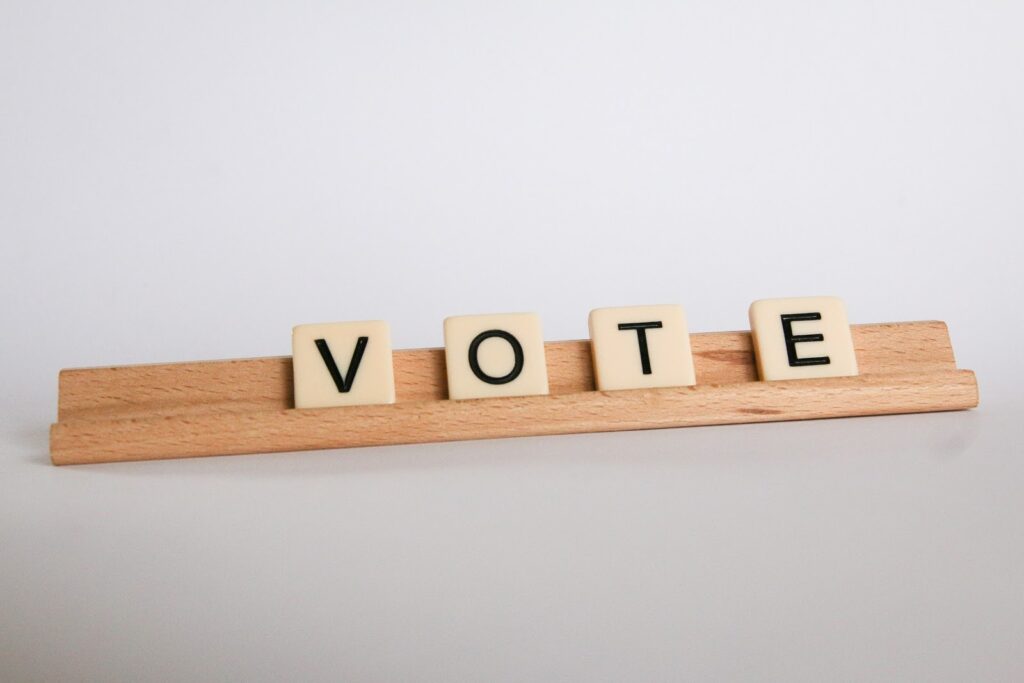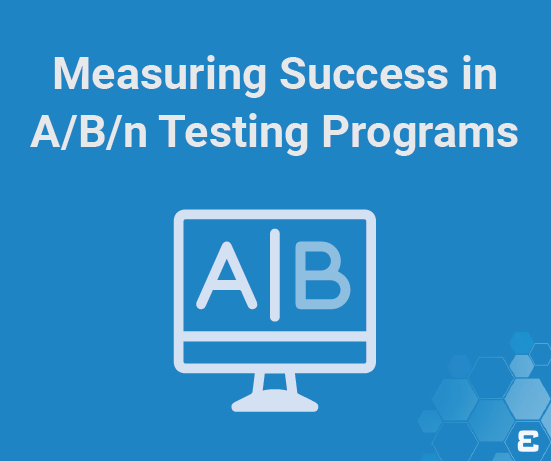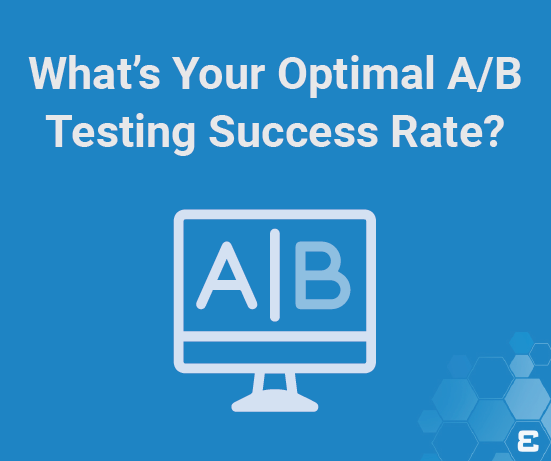
Through our data-informed voter series, we endeavor to provide a data-based perspective on key issues surrounding politics, but a series like this would not be complete without a post containing voting resources, especially if you have not yet cast your ballot for the 2020 General Election. Here, we cover resources to provide you as much information as possible about what you need to know about casting your ballot in just a few days.
What’s on my ballot?
If you aren’t sure what’s on your ballot, Ballotpedia and Vote.org both provide easy-to-use tools to look up your ballot by simply entering your address. You can even print them!
Find your Polling Place
If you plan to vote in person, you’ll need to know where to go. Vote.org’s polling place locator contains a state-by-state breakdown of where to go to find your polling place, or you can look up your state’s Secretary of State website. You can also contact your local board of elections for this information.
Voter ID Requirements
Some states require you to bring identification to the polls, but the rules vary widely from state to state. The National Conference of State Legislatures provides a comprehensive list of all 50 states’ Voter ID requirements, including applicable statutes.
What are my rights on Election Day?
We’re not experts here, but this is important. The National ACLU maintains an expansive list of scenarios and provides information on how to handle them. These scenarios cover, among others:
- What to do if the polls close while you are still in line to vote
- If you have a disability requiring accommodation
- If you speak English less than “very well”
- If someone is interfering with your right to vote
If you run into problems, you can contact your local elections office or the ACLU’s Election Protection Hotline at 866-687-8683.
I haven’t returned my mail-in ballot. What do I do?
At the time of this writing, many state officials are telling voters that it’s too late to return your ballot via the mail. The rules on when, where, and how a mail-in ballot must be returned vary widely by state. The National Conference of State Legislatures provides a state-by-state list of rules regarding what your options are if you have not returned your mail-in ballot, or if you believe you have mailed it too late to be counted.
It’s important to note here that some states, including some swing states, do not allow you any recourse if you mail your ballot in too late to be counted.
I’m not registered to vote. Can I still vote?
21 states and the District of Columbia allow for same-day registration for eligible citizens. The National Conference of State Legislatures maintains a list of these rules. If you live in one of these jurisdictions, this list provides the requirements you’ll need to satisfy in order to use same-day registration.
When will we know the results?
As we mentioned before, the 2020 General Election will include an unprecedented number of mail-in ballots, and some states will not begin counting those votes until Election Day. See my awesome colleague Liam Huffman’s blog post on why we may not know the winner on Election Night for more information!
Most importantly, VOTE!
Voting is one of the most important things we do as citizens in the United States. If you have already voted by mail, many states provide a method to track the status of your ballot online.
If you have not voted yet, we strongly urge you to exercise your right to vote if you feel safe to do so.
Data-Informed Voter Series
The Data-Informed Voter Series is a 2020 passion project for a team of Evolytics analysts. We aim to be as politically neutral as possible while discussing the data, implications, and interpretations we see in the news. We discuss topics as a pseudo-editorial board with the aim of informing voters on how a professional analyst would interpret data during an election cycle. This project team consists of John Carney, Jay Farias, Liam Huffman, Brian Johnson, Anoush Kabalyan, Laura Sutter, and Krissy Tripp.
Related Data Stories Blog Posts
Data stories from the experts.

Measuring Success in A/B/n Testing Programs
The Whole is Greater than the Sum of its Parts The results of your latest A/B/n test are in-hand, they’re…
 Increasing revenue seems relatively easy in a growing economy and roaring stock market. Amid ideal market conditions, consumers and businesses…
Increasing revenue seems relatively easy in a growing economy and roaring stock market. Amid ideal market conditions, consumers and businesses…


